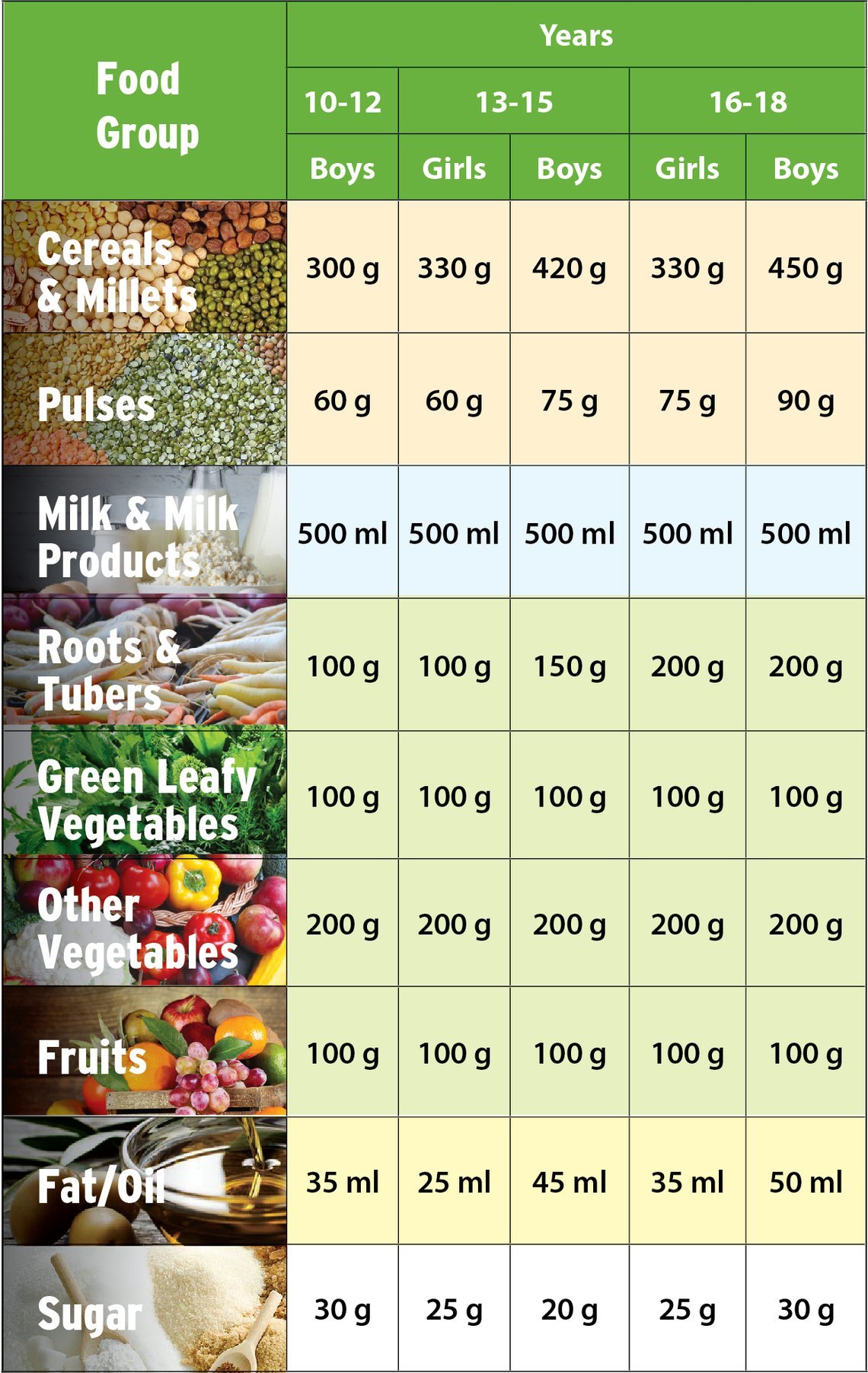
Mindfulness in Eating is a way to improve your relationship with food. Mindfulness is a way to pay attention to what you are eating and how it affects your body.
The practice has been growing in popularity over the years. Researchers have shown that mindfulness exercises can improve your health, and even help you lose weight. Research has shown that mindful eating can decrease binge eating. This has led many to better eating habits and improved emotional and mental well-being.
It can be dangerous for people to rely on food as a comfort. If you don't know when you're full, it's easy to eat more than you need. This can lead to obesity and other health problems. Taking a few minutes to eat mindfully can help break this cycle, helping you to eat more carefully and less often.
Practicing mindfulness in eating is not a quick fix or a one-size-fits-all solution. It's a process of transformation that takes time and effort.

There are many apps available that will allow you to practice mindfulness. Some are free. Others, such Headspace, are made to promote mindfulness and meditation. Another app that can be useful is In the Moment, by nutritionist Kimberly Flannery.
These apps can help improve your awareness of food choices as well as your overall health. They are available for both children and adult. Children can learn table manners from their parents. This will encourage them to be good citizens throughout their lives.
The Greater Good Science Center has more information about this type of exercise. A free 10-day course for beginners on mindfulness in eating is available at the Greater Good Science Center.
You can also take the 5-day "Mindful Meal Challenge," which was developed by Dr. Darya Rose. Each day includes videos and a supportive community.
Research shows mindfulness can help with binging and depression. Participants in a 10-week mindfulness exercise-based program reported having fewer disorders of eating. Also, many participants showed a decrease in their appetites, and they were satisfied with smaller portions. However, others did not notice any changes in their behavior.

Researchers recruited 150 participants with binge-eating disorders to participate in this mindfulness-based weight loss study. Participants were randomly assigned between three groups. One group learned mindfulness principles while the other two took part in a binge-eating disorder treatment program.
The mindfulness-based exercise was only part of the program. The other groups were also taught mini-meditations which encouraged them to pay closer attention to their body sensations and feelings while eating. While some meditations were focused on breathing, others focused on different parts of the body.
A mindfulness-based exercise was found to reduce disordered eating and result in significant weight loss. Over the course of the 10-week study, 95 percent of the people in the mindful eating group no longer qualified as binge eaters.
FAQ
How can weight change with age?
How can I tell if my bodyweight changes?
When the body has less fat than its muscle mass, it is called weight loss. This means that you must consume more calories than you use daily. Reduced activity is the leading cause of weight gain. Others include pregnancy, hormonal imbalances or certain medications. A person who has more fat than their muscle mass will experience weight gain. It occurs when people eat more calories each day than they use. There are many reasons for this, including overeating and increased physical activity.
Our bodies lose weight mainly because we consume less calories than what we burn. When we exercise regularly, we increase our metabolism rate which burns off more calories throughout the day. This doesn't necessarily mean we will lose weight. What matters is whether we are losing fat or building muscle. If we're burning more calories than we're consuming then we're going to lose weight. But, if we consume more calories then we burn, then they are being stored as fat.
As we get older, our movement speed slows down and so we move less. We also tend eat less than we did when our children were young. Also, we are more likely to gain weight. We also tend to look larger because we have more muscle.
There is no way to measure how much weight your body has lost without weighing yourself every week. There are many methods to measure your weight. There are many ways to measure your weight. You can check your waist, hips, thighs, arms and legs. Some people prefer using bathroom scales and others prefer tape measures.
For a better track of your progress, try to weigh yourself once per week and measure your waistline once every month. You can also take images of yourself every few weeks to see how far it has come.
You can also find out how much you weigh by looking up your height and weight online. If you are 5'10" tall, and you weigh 180 lbs, then you would probably weigh 180 lbs.
What is the problem with BMI?
BMI is the acronym for Body Mass Index. It measures body fat based upon height and weight. This formula calculates BMI.
Add weight in kilograms to height in meters squared.
The result is expressed using a number from 1 to 25. Scores between 0 and 25 indicate obesity. Scores higher than 18.5 are considered overweight. Scores higher than 23 are considered obese.
A person of 100kg with a height of 1.75m will have 22 BMI.
Which diet is best for me?
Your lifestyle and individual needs will determine the best diet for your body. Consider how much energy and low-calorie foods you consume, as well as whether or not you are a fan of fruits and vegetables.
Intermittent fasting might be an option for you if your goal is to lose weight. Intermittent fasting allows you to consume only specific meals throughout your day rather than three large meals. This may be a better option than traditional diets with daily calorie counts.
Some studies have suggested that intermittent fasting might improve insulin sensitivity. It may also reduce inflammation. This can lead to a reduction in blood sugar levels, and less risk of developing type 2 diabetes. Research suggests that intermittent fasting can promote fat loss and improve overall body composition.
What is the healthiest lifestyle to life?
Healthy lifestyles include eating healthy food, regular exercise, good sleep, and avoiding stress. These guidelines will help you live a long, healthy life.
Starting small can make a big difference in your diet, and even your exercise routine. For example, if you want to lose weight, try walking for 30 minutes every day. If you're looking for a way to increase your activity, consider taking up swimming or dancing. An online fitness program such as Strava or Fitbit that tracks your activity could be a good option.
Why do we need to have a healthy lifestyle?
Healthy lifestyles lead to happier and longer lives. Healthy eating habits, regular exercise, healthy sleep habits, stress management, and good sleep habits can help to prevent heart disease, stroke, diabetes, cancer, and other serious diseases.
A healthy lifestyle will improve our mental well-being and help us deal better with everyday stresses. A healthy lifestyle will increase self confidence, and it will make us feel younger.
How can I get enough vitamins?
Most of your daily vitamin requirements can be met by diet alone. Supplements can be beneficial if you are missing a specific vitamin. You can take a multivitamin supplement that contains all the vitamins you need. You can also buy individual vitamins in your local drugstore.
Talk to your doctor if there are any concerns about getting adequate nutrients. Dark green leafy vegetables like spinach, broccoli and kale, as well as turnip greens and mustard greens such as turnip and mustard greens and bok choy, are rich in vitamins K & E.
Ask your doctor for advice if you are unsure how much vitamin to take. Your medical history and your current health status will help you determine the best dosage.
What are the top 10 healthy habits?
-
Eat breakfast every day.
-
Don't skip meals.
-
Be balanced.
-
Drink lots of water.
-
Take care your body.
-
Get enough sleep.
-
Avoid junk food.
-
Do some exercise every day.
-
Have fun
-
Make new friends
Statistics
- According to the 2020 Dietary Guidelines for Americans, a balanced diet high in fruits and vegetables, lean protein, low-fat dairy and whole grains is needed for optimal energy. (mayoclinichealthsystem.org)
- This article received 11 testimonials and 86% of readers who voted found it helpful, earning it our reader-approved status. (wikihow.com)
- WHO recommends reducing saturated fats to less than 10% of total energy intake; reducing trans-fats to less than 1% of total energy intake; and replacing both saturated fats and trans-fats to unsaturated fats. (who.int)
- Extra virgin olive oil may benefit heart health, as people who consume it have a lower risk for dying from heart attacks and strokes according to some evidence (57Trusted Source (healthline.com)
External Links
How To
What does the word "vitamin" mean?
Vitamins are organic compounds naturally found in food. Vitamins help us absorb nutrients in the foods we consume. Vitamins cannot come from the body so food must provide them.
There are two types of vitamins: water soluble and fat soluble. Water-soluble vitamins dissolve readily in water. These include vitamin C (thiamine), Vitamin B1 (riboflavin), Vitamin B2 (riboflavin), Vitamin B3 (niacin), Vitamin B6 (pyridoxine), Vitamin C, B1 (thiamine), Vitamin B2 (riboflavin), Vitamin B3 (niacin), and Vitamin B6 (pyridoxine). Fat soluble vitamins are stored in the liver and fatty tissue. You can find vitamin D, E K, A and beta carotene as examples.
Vitamins can be classified according to biological activity. There are eight major groups of vitamins:
-
A - essential for normal growth and maintenance of health.
-
C - vital for nerve function and energy generation
-
D - essential for healthy teeth and bones.
-
E - Required for good vision, reproduction.
-
K – Required for healthy muscles & nerves.
-
P - essential for strong bones, teeth and tendons
-
Q - aids in digestion of iron and iron absorption
-
R - Red blood cells are made from red blood cells.
The recommended daily allowance (RDA), for vitamins, varies based on gender, age, and physical condition. The U.S. Food and Drug Administration has established the RDA values.
For adults aged 19 or older, the RDA of vitamin A is 400mg per day. For fetal development, pregnant women require 600 micrograms per daily. Children ages 1-8 require 900 micrograms per day. Infants below one year of age need 700 micrograms daily. But, between 9 months to 12 months of age, the amount drops to 500micrograms per days.
Children aged 1-18 years need 800 micrograms daily, while children overweight require 1000 micrograms per days. Children who are severely obese or underweight will need 1200 micrograms each day.
Children between 4-8 years of age who have been diagnosed by anemia must consume 2200 micrograms daily of vitamin C.
2000 micrograms is the minimum daily intake for general health in adults older than 50 years. Due to their increased nutrient needs, pregnant and breastfeeding women need 3000 micrograms daily.
Adults over 70 require 1500 micrograms each day, since they lose approximately 10% of muscle mass each decade.
Women who are pregnant and lactating need more nutrients than the RDA. Pregnant women need 4000 micrograms per dayduring pregnancy and 2500 micrograms per day after delivery. Breastfeeding mothers require 5000 micrograms daily when breast milk production is occurring.